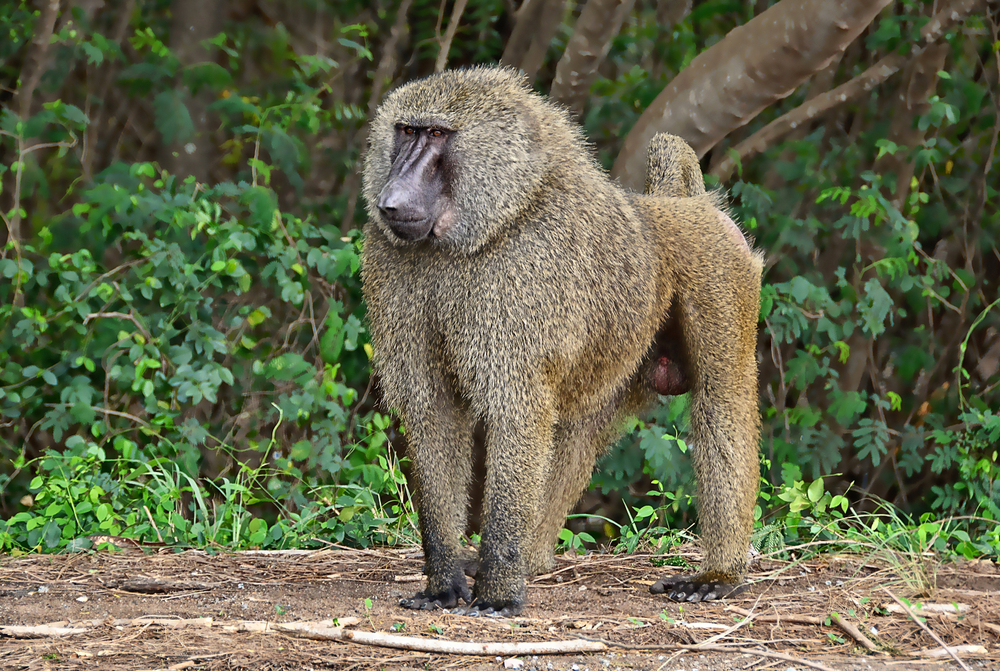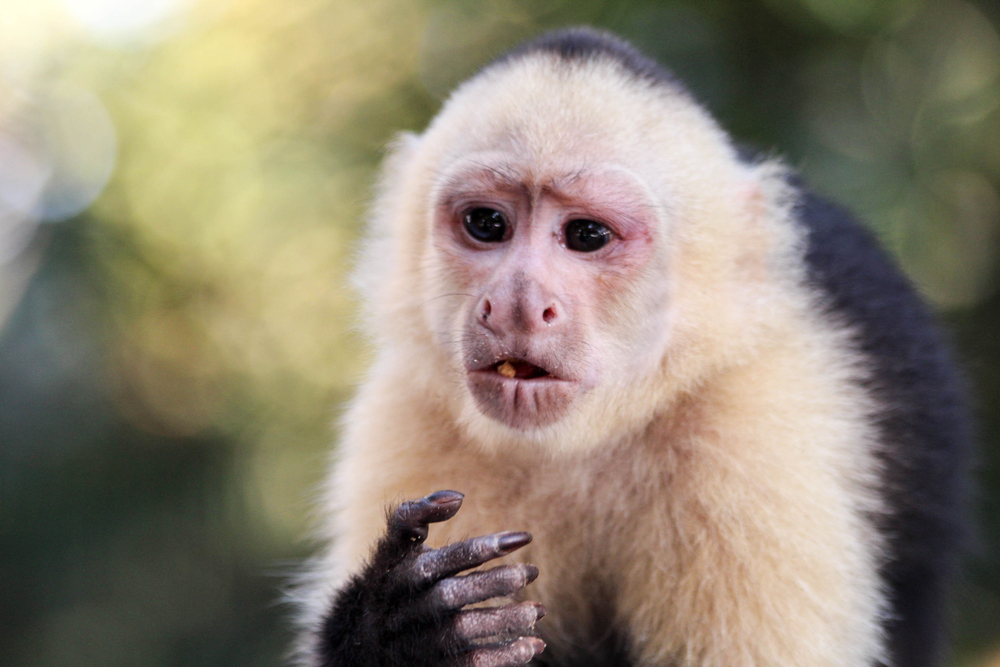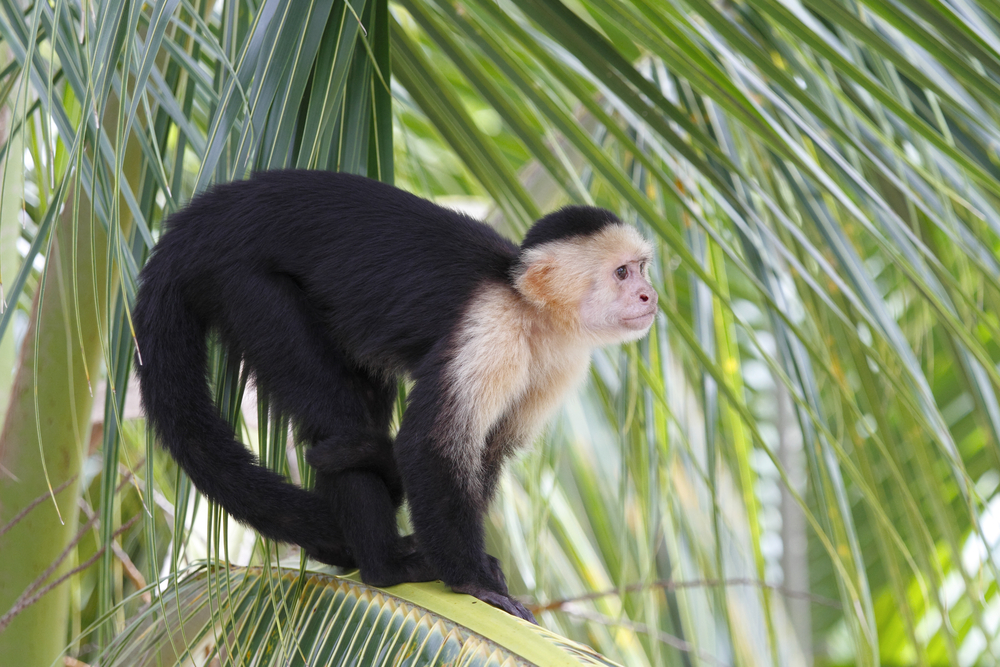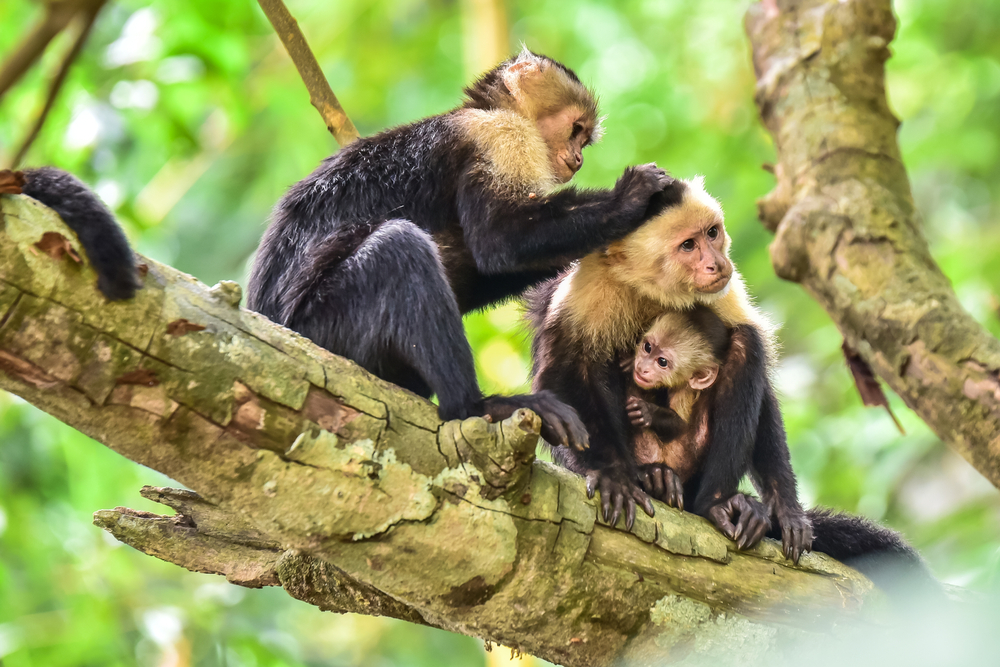There are several species of capuchin monkeys, and they belong to the genus Cebus. Some of the recognized species include:
- Tufted Capuchin (Cebus apella): Found in various parts of South America, it is one of the most well-known species of capuchin monkeys.
- White-faced Capuchin (Cebus capucinus): Native to Central and South America, recognized for its distinctive white facial markings.
- Weeper Capuchin (Cebus olivaceus): Inhabits parts of South America, often characterized by its olive-colored fur.
- Robust Capuchin (Cebus albifrons): Found in the Amazon rainforest, it has a robust build and is known for its adaptability.
- Black-capped Capuchin (Cebus apella): Recognized by its black crown, it is found in parts of South America.
These are some of the capuchin monkey species, and there may be further subspecies or variations within these categories. Capuchin monkeys are known for their intelligence, dexterity, and adaptability, and they are found in various habitats across Central and South America.





















































































